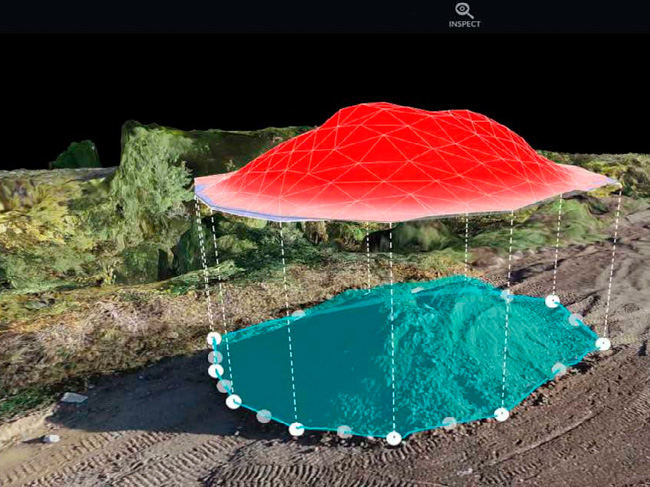Drones offer a wealth of benefits for contractors, architects, engineers, and project managers. One of the unique advantages is their ability to capture high-quality aerial footage marking significant milestones in projects, such as the placement of footings, wall tilts, cement pours, roof placement, and top-off ceremonies. In this blog, we will explore the ways in which drones can be used to mark these milestones, and why they are quickly becoming an essential tool for construction professionals.
Importance of Footing Placement in Construction
Documenting Wall Tilts and Precast Concrete Elements Installation
Monitoring Cement Pours and Other Crucial Milestones
Documenting Other Important Construction Milestones
MEP installation: MEP (mechanical, electrical, and plumbing) installation is also a vital component. Aerial footage can be used to monitor the installation of HVAC systems, electrical wiring, plumbing, and other mechanical components.
Exterior finishes: Once the building’s structure is complete, exterior finishes such as siding, brickwork, and stonework can be installed. Drones can capture footage of the exterior finishes, providing a unique perspective on the finished product.
Interior finishes: Interior finishes such as drywall, paint, flooring, and cabinetry are also essential components. Drones can be used to document the installation of these, providing valuable documentation for future reference.
Final walkthrough: Before the building is turned over to the owner, a final walkthrough is typically conducted to ensure that everything is in working order and meets the necessary quality standards. Drones can be used to document this, providing a comprehensive view of the building’s interior and exterior.
Top-Off Ceremonies
Finally, top-off ceremonies are very significant, marking the completion of the building’s structure. Roof placement can involve various components, including trusses, roofing materials, and insulation. This footage can be used to ensure that the roof components are being installed correctly, monitor progress, and identify potential issues such as improperly secured materials or insufficient insulation. These ceremonies often involve placing a final beam or other structural element at the highest point of the building and are a time-honored tradition in the construction industry. Drone Brothers can add extra flair and anticipation to this final and exciting last stage of construction, by sharing it with all in the community from stakeholders and media to future shareholders, some of whom might not be able to view it in person.
In conclusion, from site preparation and excavation to final walkthroughs, drones provide valuable documentation that can be used for quality control, progress monitoring, and future reference. With their ability to capture high-quality aerial footage, drones have become an essential tool for construction professionals.




0 Comments